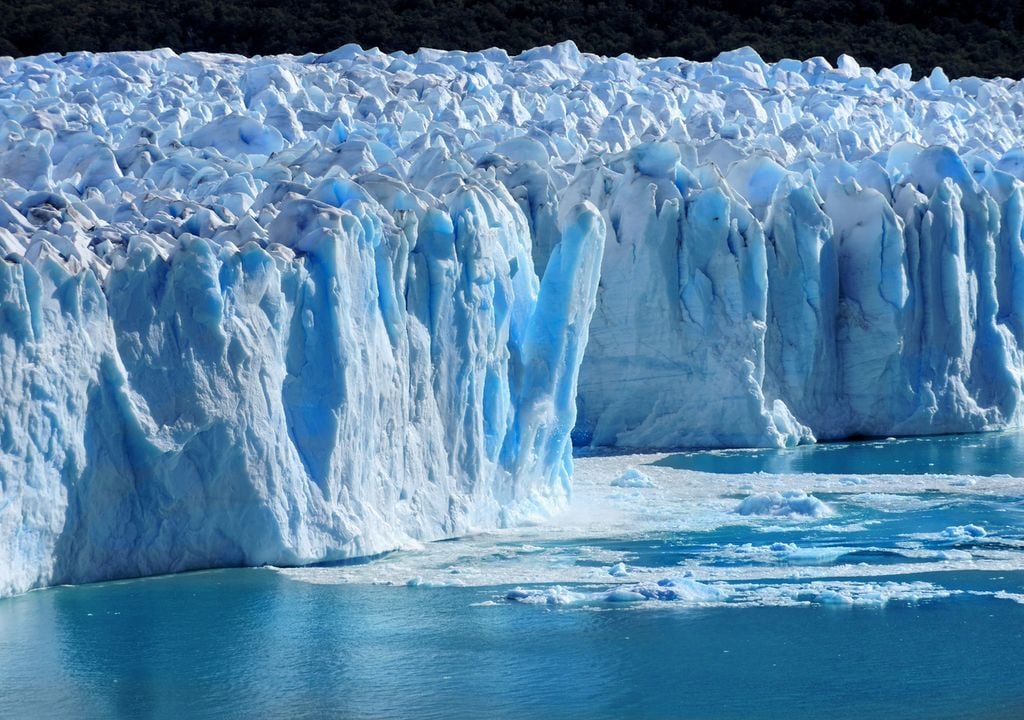A team of scientists studied the Thwaites Glacier for six years and concluded that it could collapse within 200 years, leading to the breakdown of a significant portion of the Antarctic ice sheet.
The melting of ice sheets is a visible consequence of climate change. Between 1992 and 2020, the melting rate increased sixfold, with the worst years of this decline occurring in the last decade.
The accelerated rate of melting has several negative effects, including habitat loss, decreased planetary albedo, rising sea levels, and the displacement of millions of people living in coastal regions.
The Thwaites Glacier is one of the largest in Antarctica and one of the most monitored in the world. This giant is known as the « end of the world glacier » or « apocalypse glacier » because its melting could raise sea levels by several meters.
The glacier measures 120 kilometers wide, with a surface area of 192,000 square kilometers—larger than the state of Coahuila in Mexico—and its thickness reaches up to 2 kilometers in some areas. Its current melting accounts for 4% of sea level rise.
A team of British and American scientists has been studying the Thwaites ice mass for six years. Their research concluded that the glacier could collapse within 200 years, leading to the breakdown of a significant portion of the Antarctic ice sheet.
The study also confirmed that the Thwaites Glacier has been retreating since the 1940s, with its melting accelerating over the past 30 years. The cascading effects of its melting are highly concerning.
Source: tameteo




